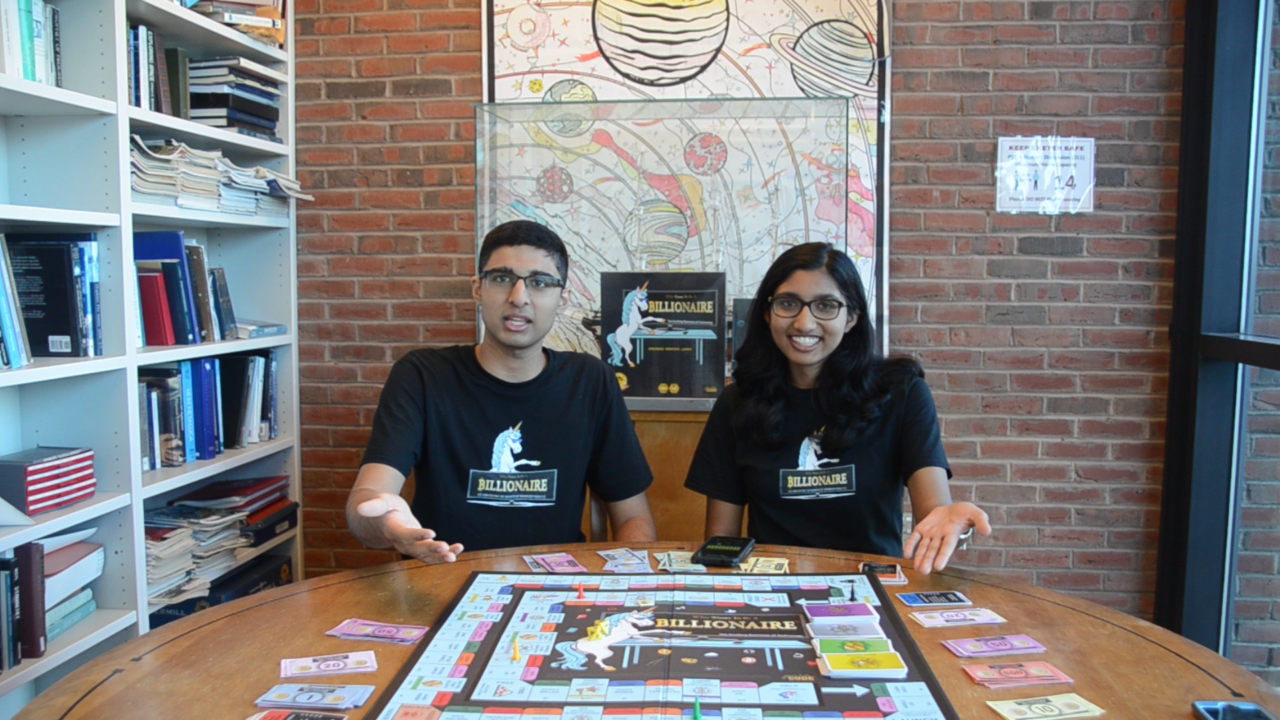When Tanish Tyagi published his first research paper a year ago on deep learning to detect dementia, it started a family-driven pursuit.
Great-grandparents in his family had suffered from Parkinson’s, a genetic disease that affects more than 10 million people worldwide. So the now 16-year-old turned to that next, together with his sister, Riya, 14.
The siblings, from Short Hills, New Jersey, published a research paper in the fall about using machine learning to detect Parkinson’s disease by focusing on micrographia, a handwriting disorder that’s a marker for Parkinson’s.
They aim to make a model widely accessible so that early detection is possible for people around the world with limited access to clinics.
“Can we make some real change, can we not only impact our own family, but also see what’s out there and explore what we can do about something that might be a part of our lives in the future?” said Riya.
The Tyagis, who did the research over their summer break, attend prestigious U.S. boarding school Phillips Exeter Academy, alma mater to Mark Zuckerberg, Nobel Prize winners and one U.S. president.
When they aren’t busy with school or extracurricular research, they might be found pitching their STEM skills-focused board game (pictured above), available to purchase through Kickstarter.
Spotting Micrographia for Signs
Tanish decided to pursue research on Parkinson’s in February 2021, when he was just 15. He had recently learned about micrographia, a handwriting disorder that is a common symptom of Parkinson’s.
Micrographia in handwriting shows up as small text and exhibits tremors, involuntary muscle contractions and slow movement in the hands.
Not long after, Tanish heard a talk by Penn State University researchers Ming Wang and Lijun Zhang on Parkinson’s. So he sought their guidance on pursuing it for detection, and they agreed to supervise the project. Wang is also working with labs at Massachusetts General Hospital in connection with this research.
“Tanish and Riya’s work aims to enhance prediction of Micrographia by performing secondary analysis of public handwriting images and adopting state-of-art machine learning methods. The findings could help patients receive early diagnosis and treatment for better healthcare outcomes”, said Dr. Zhang, Associate Professor from Institute for Personalized Medicine at Penn State University.
In their paper, the Tyagis used NVIDIA GPU-driven machine learning for feature extraction of micrographia characteristics. Their dataset included open-source images of drawing exams from 53 healthy people and 105 Parkinson’s patients. They extracted several features from these images that allowed them to analyze tremors in writing.
“These are features that we had identified from different papers, and that we saw others had had success with,” said Riya.
With a larger and more balanced dataset, their high prediction accuracy of about 93 percent could get even better, said Tanish.
Developing a CNN for Diagnosis
Tanish had previously used his lab’s NVIDIA GeForce RTX 3080 GPU on a natural language processing project for dementia research. But neither sibling had much experience with computer vision before they began the Parkinson’s project.
Currently, the two are working on a convolutional neural network with transfer learning to put together a model that could be helpful for real-time diagnosis, said Riya.
“We’re working on processing the image from a user by feeding it into the model and then returning comprehensive results so that the user can really understand the diagnosis that the model is making,” Tanish said.
But first the Tyagis said they would like to increase the size of their dataset to improve the model’s accuracy. Their aim is to develop the model further and build a website. They want Parkinson’s detection to be so easy that people can fill out a handwriting assessment form and submit it for detection.
“It could be deployed to the general public and used in clinical settings, and that would be just amazing,” said Tanish.
